Ford was the first automaker to tie up with Tesla, announcing plans to switch to the NACS plug letting owners of products like the Mustang Mach-E and F-150 Lightning use the big Tesla Supercharger network. Ford CEO Jim Farley on Wednesday announced “eligible” owners will soon get a “complimentary” adapter to use those chargers.
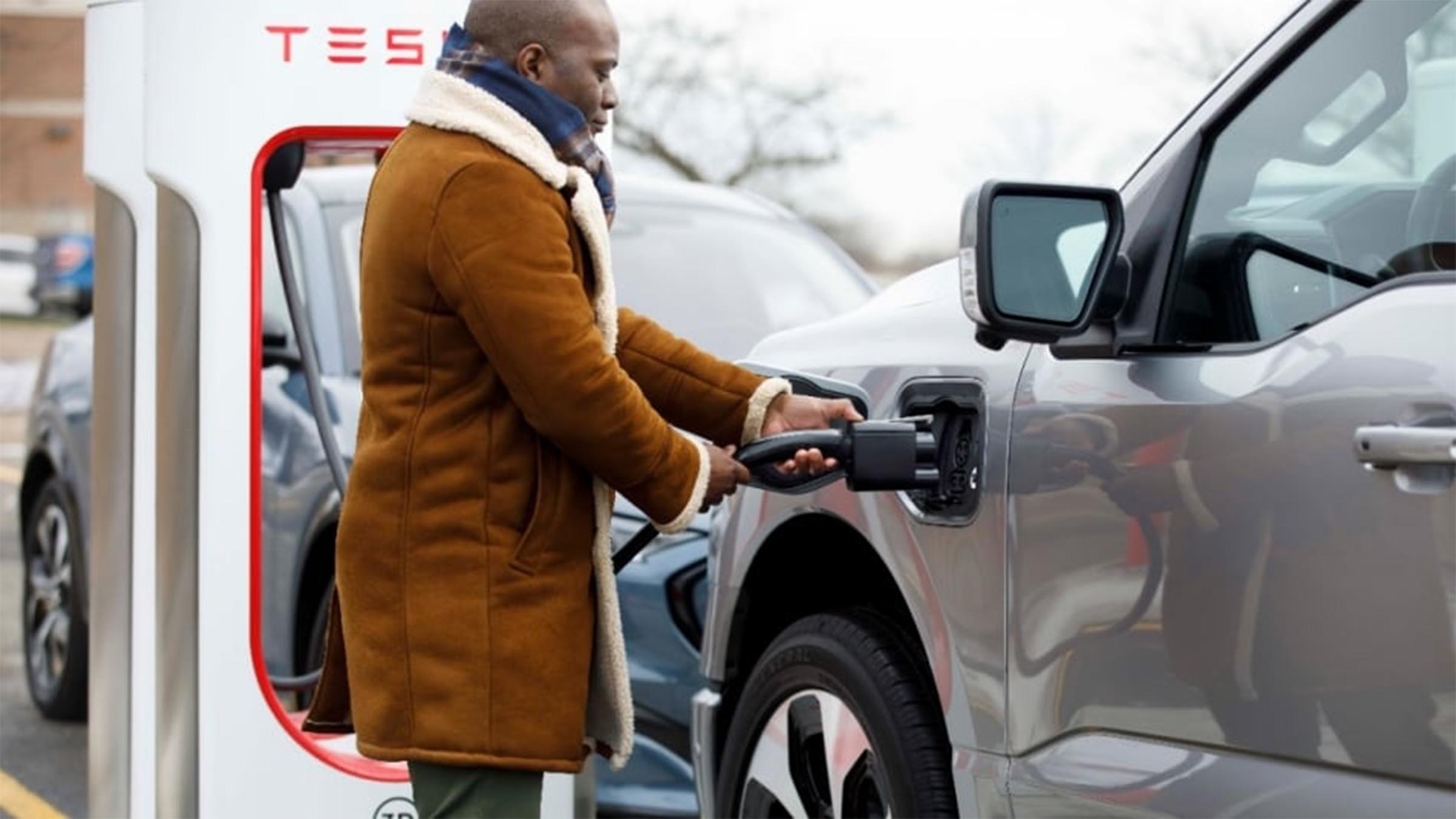
Ford will provide adapters for existing owners letting them use Tesla Superchargers. But it will switch from the current CCS to Tesla’s NACS charging port in 2025.
Where “range anxiety” has long been seen as the biggest turn-off for potential EV buyers, “charger anxiety” has become a growing concern due to the lack of a reliable and readily available public charging network.
To make it easier to plug in, most major automakers have announced plans to switch from the Combined Charging System, or CCS, plug to the North American Charging Standard plus used by Tesla. The move will allow brands as diverse as Alfa Romeo to Volvo to plug into the Tesla Supercharger network.
Ford, which was the first to say it will make the switch, announced Wednesday that it will soon provide “complimentary” CCS-to-NACS adapters for owners of EV models including the Mustang Mach-E, Ford F-150 Lightning and the electric version of the Transit van.
A temporary fix
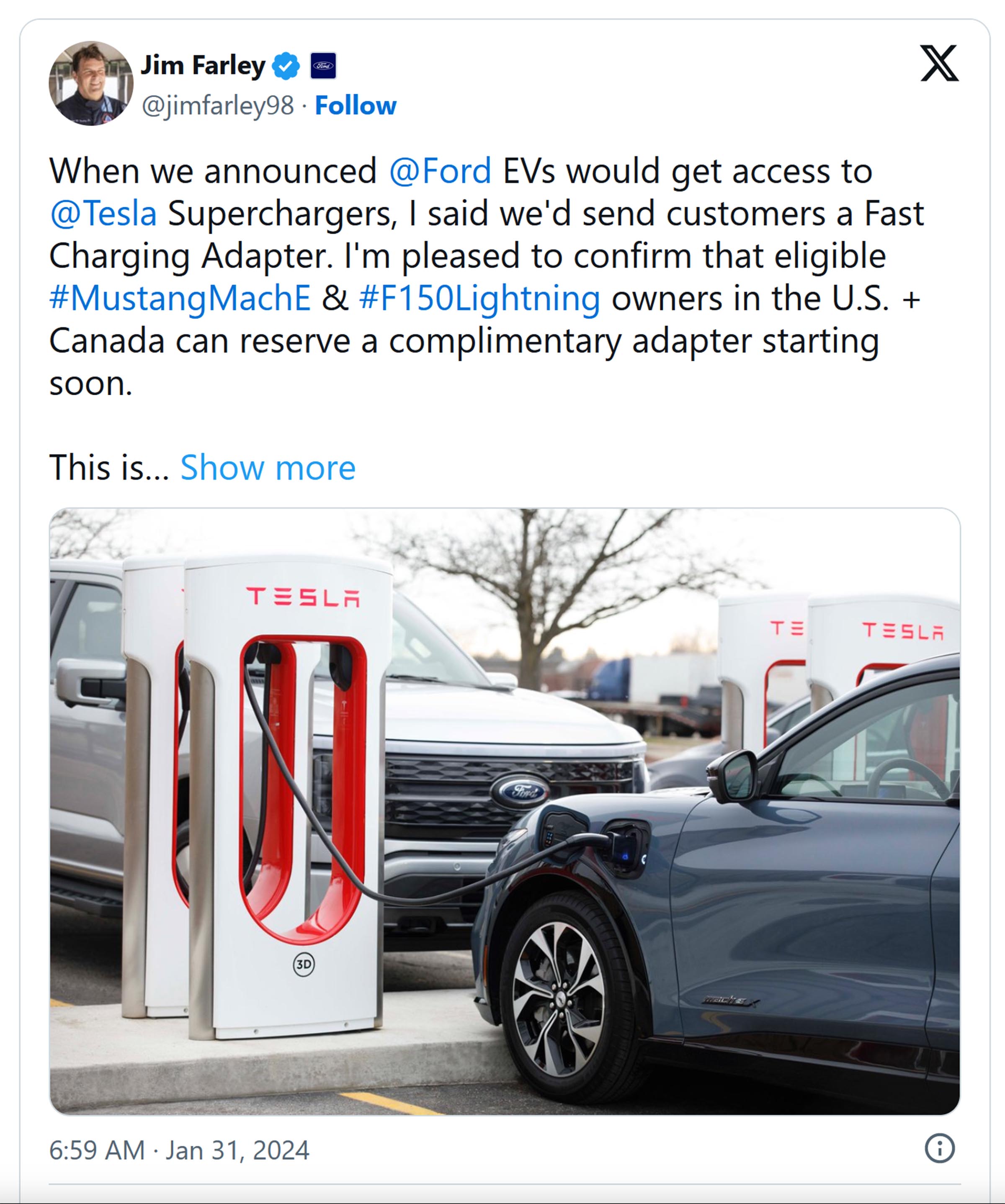 Ford will continue using the old CCS port on its battery-electric vehicles through the end of the 2024 model year, replacing it with the NACS port for 2025. By then, however, there will be several hundred thousand Ford EVs unable to use the Tesla Supercharger network.
Ford will continue using the old CCS port on its battery-electric vehicles through the end of the 2024 model year, replacing it with the NACS port for 2025. By then, however, there will be several hundred thousand Ford EVs unable to use the Tesla Supercharger network.
Several aftermarket suppliers, such as Lectron, have begun offering adapters, with prices typically running $100 or more. The automakers announcement means “eligible” Ford owners won’t have to shell out any cash to get one.
“When we announced @Ford EVs would get access to @Teals Superchargers, I said we’d send customers a Fast Charging Adapter,” CEO Jim Farley said in a tweet. “I’m pleased to confirm that eligible #MustangMachE & #F150Lightning owners in the U.S. + Canada can reserve a complimentary adapter starting soon. This is our way of saying thank you! We want to make charging more convenient for our Ford EV owners, so we’re excited to add Tesla chargers and will continue growing our BlueOval Charge Network. More details soon.”
Details TBA
Exactly when the adapters will begin shipping is just one of the questions yet to be answered. Ford also needs to tell owners how they can either set up accounts with Tesla to use the Supercharger network – or how to integrate the Tesla network into their existing BlueOval Charge Network.
It’s also unclear whether the adapters will permit the use of Tesla’s plug-and-charge capabilities. Here EV owners simply plug in and data covering their account is passed from vehicle to charger to automatically handle billing. Currently, Ford doesn’t offer that feature – though it has indicated it will add such capabilities in the future.
More Tesla Ne
ws
- Delaware court blocks Elon Musk’s $56 billion pay package
- Tesla sets sales record but misses targets
- Tesla recalls 2 mil vehicles for Autopilot defects
The Supercharger network
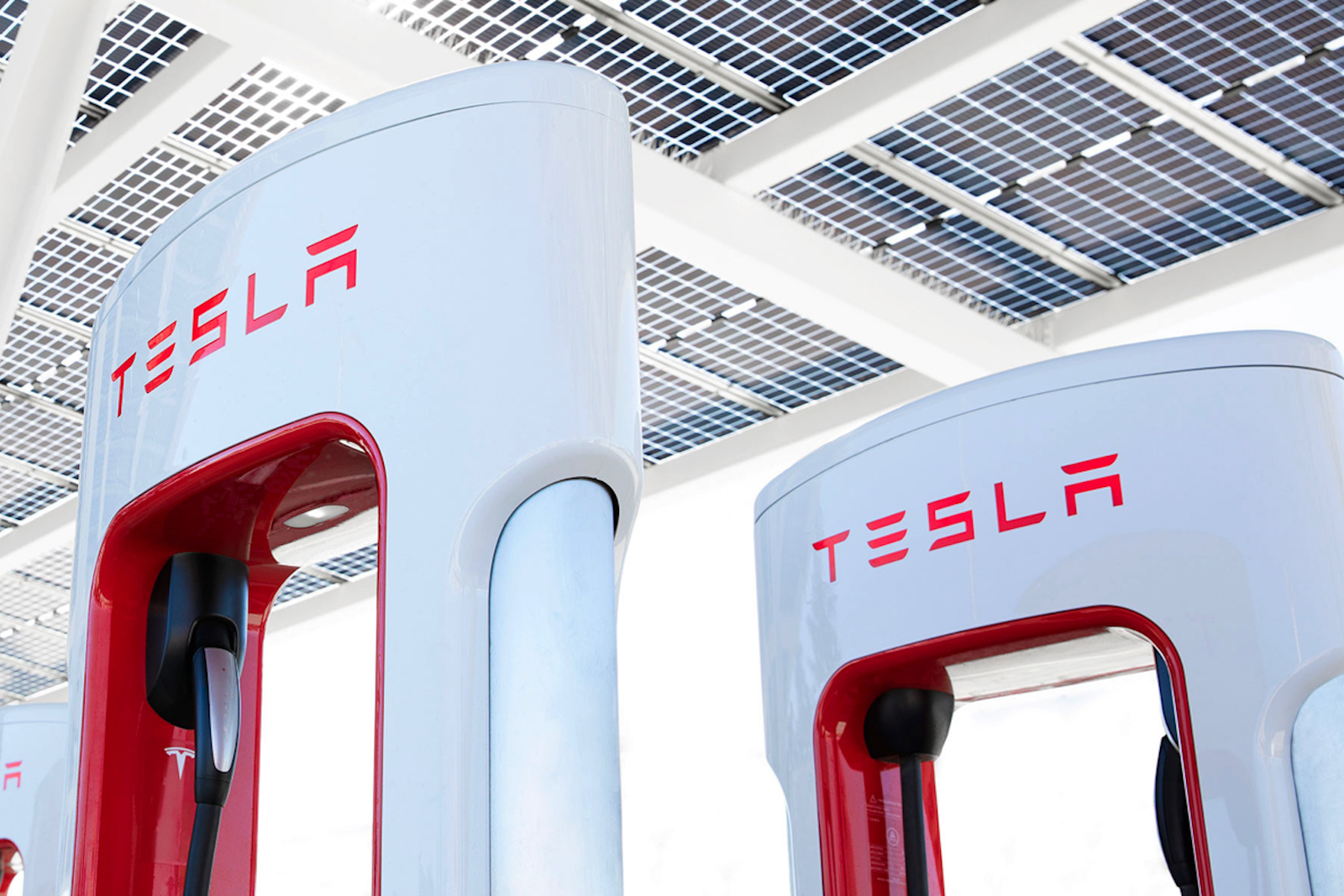
Tesla builds and runs the most reliable network of EV fast chargers in the U.S., according to McKinsey.
Ford noted the adapters will only work with more recent V3 versions of the Tesla Superchargers. Neither automaker has revealed how many of the existing chargers that represents, though Tesla last year noted it is upgrading existing facilities with older chargers and, among other things, boosting the power they can deliver. Hire power output translates into shorter charging times – at least with EVs that can handle the higher power levels.
In reality, as many as 80 to 90% of U.S. EV owners currently charge their vehicles either at home or office. But the lack of a strong public charging network makes it difficult for owners to handle long trips. The number of stations offering high-speed places to plug in is rising by the hundreds every month, according to data from companies like ChargePoint, EVgo and Electrify America, as well as the U.S. Department of Energy. But there are still large gaps, or “Charger Deserts,” as they’ve come to be called, especially for EVs using the NACS plug.
Tesla not only has set up a larger network but worked to make sure its owners are typically never more than 50 miles from a place to plug in. All told, the DoE estimated last autumn that there are about 2,000 Tesla stations around the U.S. with a collective 22,000 individual chargers. That’s roughly a quarter of all the quick chargers in the country.
Reliability: better but not perfect
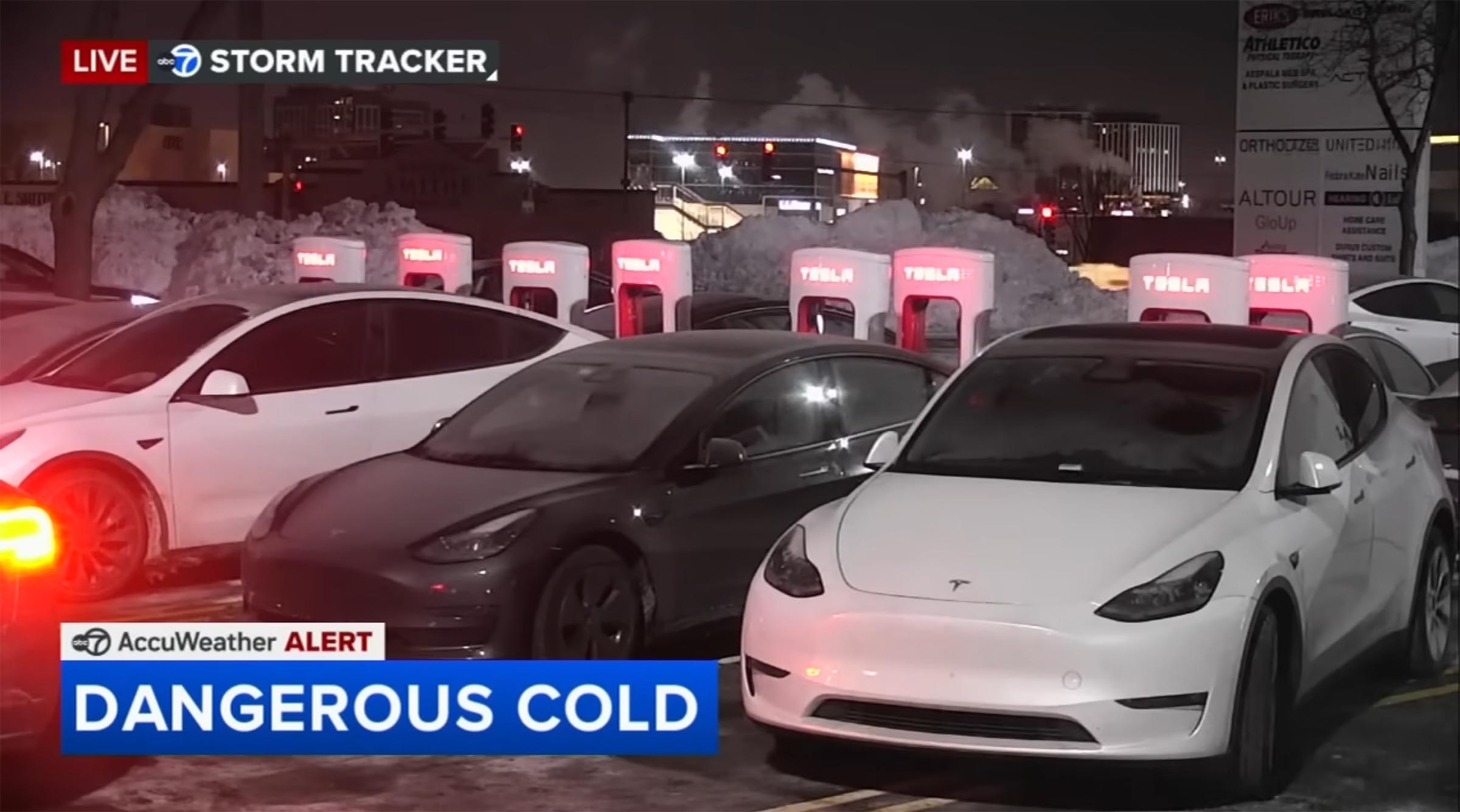
Tesla did run into reliability issues during the extreme cold snap in Chicago in mid-February. (Image courtesy: AccuWeather)
While the number of EV chargers is on a rapid rise, there’s another issue plaguing motorists: a lack of reliability. According to a McKinsey study, “30% of the time public chargers are down,” Philipp Kampshoff, a partner in McKinsey’s Center for Future Mobility said during a presentation this month at CES 2024.
Kamphoff noted that Tesla’s network has a much higher reliability rate than competitors. But the extreme cold snap that hit the Midwest in mid-January was reported to have created serious problems, a number of Tesla owners reporting they were unable to initiate the charging process after plugging into Superchargers in Chicago and other communities nearby.
In some parts of the country, California in particular, other concerns have been raised about the Supercharger network. With sales of Tesla products continuing to grow, owners have reported long waits at some Supercharger stations around the state. Analysts have raised concerns about the impact of opening up the network to non-Tesla vehicles.
Tesla CEO Elon Musk had raised that possibility for several years but finally announced deals with Ford, General Motors, Hyundai, Nissan and other manufacturers after the Biden administration announced it would provide the Texas-based manufacturer infrastructure funding in return.

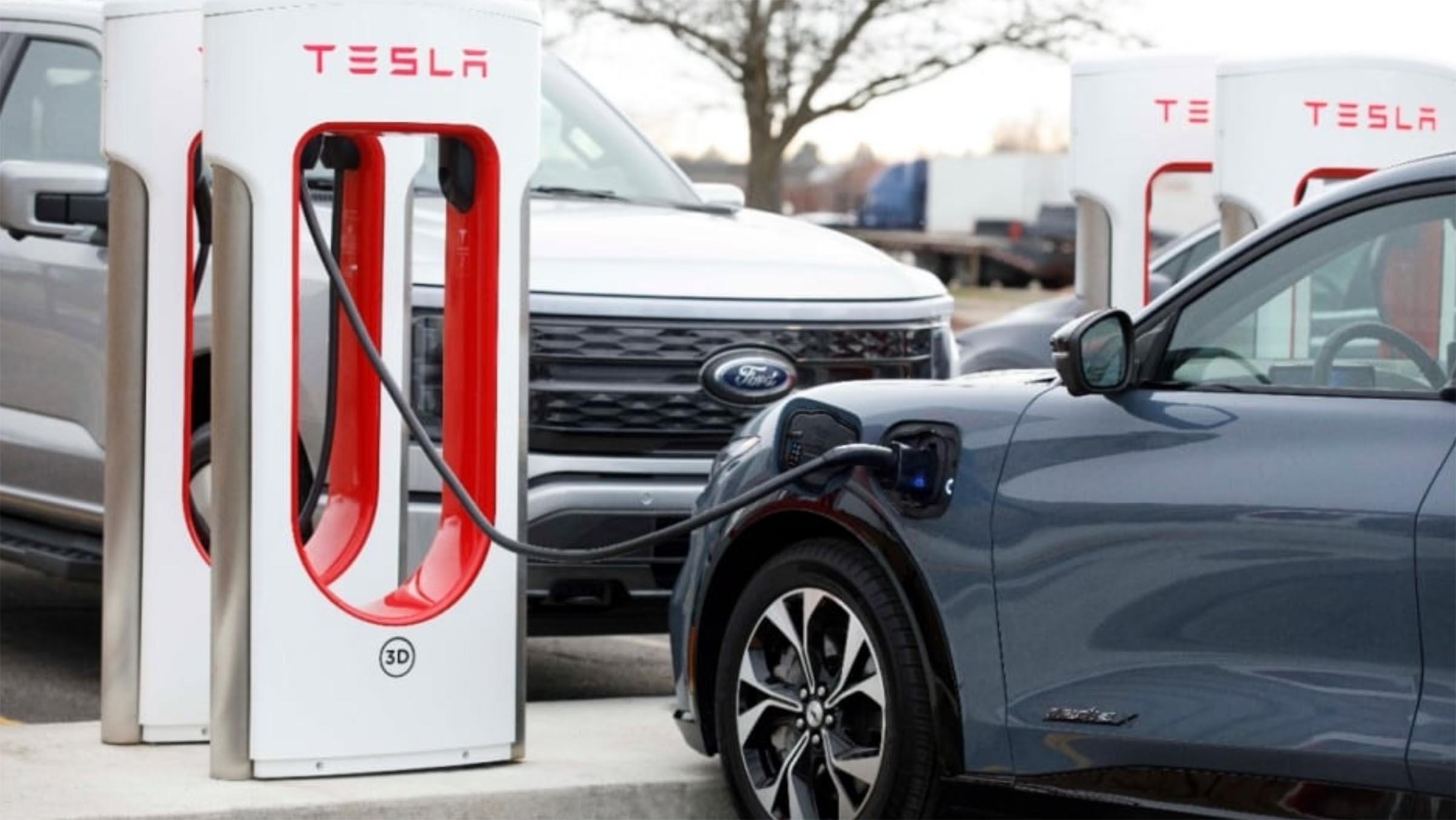
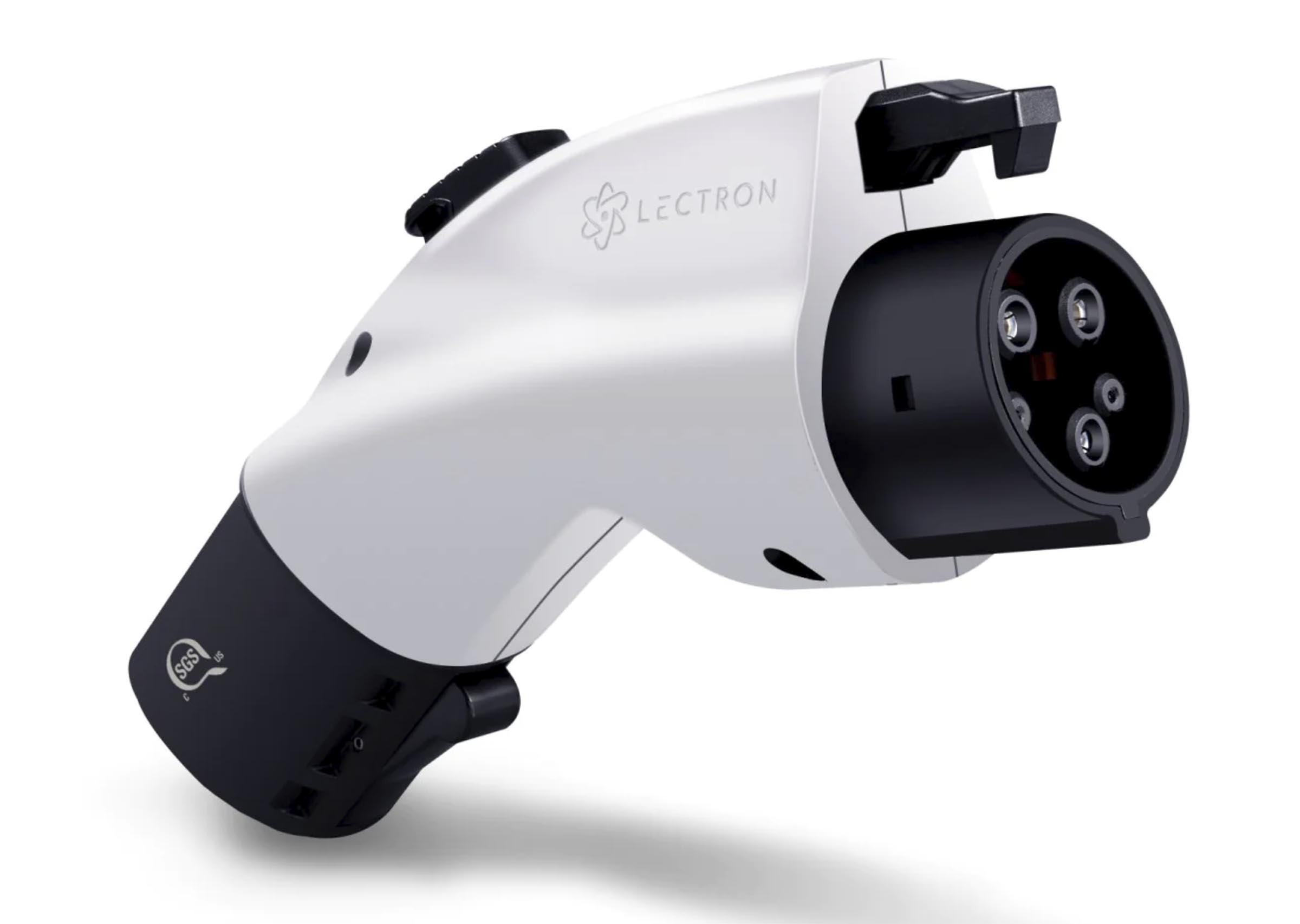



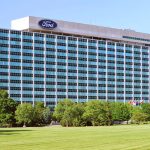
0 Comments
Trackbacks/Pingbacks